

Articles
How To Store Fresh Lemon Zest
Modified: February 23, 2024
Learn how to store fresh lemon zest in this informative article. Find out the best techniques and tips to keep your zest fresh and flavorful for longer.
(Many of the links in this article redirect to a specific reviewed product. Your purchase of these products through affiliate links helps to generate commission for Storables.com, at no extra cost. Learn more)
Introduction
There’s something irresistibly vibrant about the zesty aroma of fresh lemon. Whether you’re adding a touch of brightness to a culinary creation or seeking a refreshing twist to a beverage, fresh lemon zest can elevate your dish from ordinary to extraordinary. But what if you have more zest than you need in the moment? Fear not, because in this article, we’ll guide you on how to store fresh lemon zest and keep it as vibrant and flavorful as the day it was zested.
Storing fresh lemon zest properly is crucial to maintain its potent flavor and vibrant aroma. By understanding the right techniques and utilizing the appropriate tools, you can ensure that your lemon zest remains fresh and readily available whenever you need it. So, let’s dive into the details and learn how to store fresh lemon zest effectively.
Key Takeaways:
- Elevate your dishes with vibrant, fresh lemon zest by learning how to store it properly. From convenience to extended shelf life, preserving zest opens up a world of culinary possibilities.
- Get creative with alternative storage methods for fresh lemon zest, from freezing in ice cube trays to infusing in oil. Embrace the zestiness and elevate your recipes with a burst of citrus flavor.
Read more: How To Store Lemon Zest
Why Store Fresh Lemon Zest?
As any seasoned chef or home cook knows, fresh lemon zest is a versatile and essential ingredient that can enhance a wide range of dishes. The zest, which is the brightly colored outer layer of the lemon peel, contains a concentrated burst of citrus flavor that can elevate both sweet and savory recipes.
By storing fresh lemon zest, you can always have this flavor powerhouse on hand, ready to enhance your culinary creations. Here are a few reasons why storing fresh lemon zest is beneficial:
- Convenience: Storing fresh lemon zest allows you to have it readily available whenever you need it. Instead of zesting a lemon every time you want to add that tangy, citrusy flavor, you can simply reach into your stash of zest. This saves time and effort in the kitchen, ensuring that you can effortlessly infuse your dishes with the essence of fresh lemon.
- Extended Shelf Life: Fresh lemon zest, when stored correctly, can retain its flavor and aroma for a longer period. This is particularly helpful if you have a surplus of lemons or want to take advantage of a seasonal abundance. Properly storing lemon zest allows you to preserve the flavor of lemons at their peak and enjoy that burst of citrus freshness even when lemons are not in season.
- Versatility: Fresh lemon zest can be used in a multitude of recipes, from baked goods and desserts to savory dishes, dressings, and beverages. By having stored lemon zest readily available, you can easily incorporate this versatile ingredient into a wide range of culinary creations. The bright, zesty flavor of lemon zest can add a refreshing twist to both sweet and savory dishes, making it an indispensable ingredient for any chef or home cook.
Now that you understand the advantages of storing fresh lemon zest, let’s delve into the process of choosing and preparing lemons for zesting.
Choosing and Preparing Lemons for Zesting
When it comes to storing fresh lemon zest, selecting the right lemons is crucial. Here are some factors to consider when choosing lemons for zesting and preparing them for optimal storage:
- Freshness: Choose lemons that are firm and heavy for their size, as these typically indicate freshness. Look for lemons with bright, vibrant yellow skins, as they are more likely to have a strong and flavorful zest. Avoid lemons with soft spots, blemishes, or wrinkled skin, as they may not yield the best zest.
- Organic Lemons: If possible, opt for organic lemons. Organic lemons are free from pesticides and other harmful chemicals, ensuring that your zest is as pure and natural as possible. However, if organic lemons are not readily available, thoroughly wash conventionally grown lemons before zesting to remove any potential residue.
- Zesting Technique: When zesting lemons, use a microplane or fine grater to remove only the colored part of the peel, avoiding the bitter white pith underneath. Zest the lemons gently, rotating the fruit to ensure you get even coverage and avoid over-zesting in one area. Take care not to press too hard, as this can release bitter oils from the pith.
- Labeling: To keep track of the freshness of your zest and ensure you use the oldest zest first, it’s a good practice to label your storage containers with the date of extraction. This way, you can maintain an organized system and enjoy the zest at its peak flavor.
Now that you’ve prepared your lemons and extracted the zest, let’s explore the equipment and materials you’ll need to properly store it.
Equipment and Materials Needed
To store fresh lemon zest effectively, you’ll need a few essential equipment and materials. Here’s what you’ll need:
- Zesting Tool: A microplane or fine grater is an indispensable tool for extracting the zest from the lemon peel. These tools create fine, delicate shreds of zest without scraping into the bitter white pith.
- Storage Containers: Choose airtight containers to store your fresh lemon zest. Glass jars with tight-fitting lids or small plastic containers with airtight seals are ideal options. Make sure the containers are clean and completely dry before transferring the zest to prevent any moisture from affecting its freshness.
- Parchment or Wax Paper: Cut parchment or wax paper into small squares or rectangles to place between each layer of lemon zest in the container. This helps prevent the zest from sticking together and makes it easier to portion out the desired amount when needed.
- Labels and Marker: It’s essential to label your containers with the date of extraction to keep track of the freshness of your zest. Use adhesive labels or masking tape and a waterproof marker to write the date clearly on the outside of each container.
- Freezer (Optional): If you prefer a long-term storage option, you may choose to freeze your fresh lemon zest. In that case, ensure you have adequate freezer space and freezer-safe containers or freezer bags.
With these tools and materials in hand, you’re equipped to store your fresh lemon zest and preserve its delightful flavor for future culinary adventures. In the next section, we’ll walk you through the step-by-step guide to storing fresh lemon zest.
Step-by-Step Guide to Storing Fresh Lemon Zest
Now that you have your fresh lemon zest ready, it’s time to store it properly to maintain its flavor and freshness. Follow this step-by-step guide to effectively store your fresh lemon zest:
- Prepare Your Storage Containers: Ensure your storage containers are clean, dry, and airtight. This prevents any moisture from seeping in and affecting the quality of the zest.
- Portion Out the Lemon Zest: Divide your fresh lemon zest into smaller batches or portion sizes that are convenient for your recipes. This allows you to take out only the amount you need without exposing the rest to air and potential moisture.
- Place Parchment or Wax Paper Between Layers: To prevent the zest from sticking together, place a small square or rectangle of parchment or wax paper between each layer of lemon zest in the container. This also makes it easier to separate and use the portion you need without defrosting the entire container if you choose to freeze it.
- Seal the Containers: Once you’ve added the desired amount of zest to each container and placed parchment or wax paper between the layers, seal the containers tightly to create an airtight environment. This helps preserve the flavor and aroma of the zest.
- Label and Date the Containers: Use labels or masking tape and a waterproof marker to clearly mark the date of extraction on each container. This ensures you can keep track of the freshness of your zest and use the oldest zest first.
- Store in a Cool, Dark Place: Find a cool, dark spot in your kitchen or pantry to store the containers. Avoid places exposed to direct sunlight or extreme temperature fluctuations, as these can affect the flavor and quality of the zest.
- Utilize within Recommended Timeframes: While fresh lemon zest can retain its flavor for several weeks when stored properly, it is generally recommended to use it within 2-3 weeks for optimal flavor and aroma. Keep an eye on the freshness and adapt your recipes accordingly to make the most of your zest.
By following these steps, you can ensure that your fresh lemon zest remains flavorful and ready to add that tangy zestiness to your favorite dishes. Next, we’ll share some tips for maintaining the freshness of your stored lemon zest.
Store fresh lemon zest in an airtight container in the refrigerator to maintain its flavor and freshness. It can also be frozen for longer storage.
Read more: How To Store Zested Lemons
Tips for Maintaining Freshness
To prolong the freshness and flavor of your stored lemon zest, consider implementing these helpful tips:
- Avoid Moisture: Moisture can degrade the quality of fresh lemon zest. Make sure your lemons are completely dry before zesting, and ensure that your storage containers are sealed tightly to prevent any moisture from entering.
- Keep Away from Heat and Light: Exposure to heat and light can cause the flavors of the lemon zest to deteriorate. Store your containers of lemon zest in a cool, dark place away from direct sunlight or sources of heat, such as stoves or ovens.
- Avoid Freezing and Thawing Frequently: If you choose to freeze your lemon zest for long-term storage, try to avoid frequent thawing and refreezing. Each time you thaw the zest, it can cause flavor loss and potential degradation. Instead, defrost only the portion you need at a time.
- Use Quality Storage Containers: Invest in high-quality, airtight containers to store your lemon zest. Look for containers with sturdy lids or seals that effectively keep air out, maintaining the freshness of the zest for a longer period.
- Rotate and Use the Oldest Zest First: To ensure you use your stored lemon zest before it loses its potency, remember to rotate your containers and use the oldest zest first. This way, you can enjoy the full flavor and aroma of the zest while it is at its peak freshness.
- Consider Vacuum Sealing: If you have a vacuum sealer, you can use it to remove air from the storage containers and provide an extra layer of protection to maintain the freshness of the lemon zest. Vacuum sealing can help prolong the shelf life and preserve the flavors and aromas of the zest for an extended period.
- Inspect for Freshness: Periodically check the stored lemon zest for any signs of spoilage or off flavors. If you notice any mold growth, unusual smells, or flavors, it’s best to discard the zest to ensure food safety and maintain the integrity of your dishes.
By following these tips, you can maximize the freshness and flavor of your stored lemon zest, allowing you to enjoy the vibrant zestiness of lemons whenever your recipes call for it.
Now that you know how to store and maintain fresh lemon zest, let’s explore some alternative methods of storing lemon zest for further convenience and creativity.
Alternative Methods of Storing Lemon Zest
While the traditional method of storing fresh lemon zest in containers is effective, there are a few alternative methods you can explore. These methods offer additional convenience and creative ways to preserve and use your lemon zest:
- Freezing in Ice Cube Trays: One popular alternative method is to freeze the lemon zest in ice cube trays. Simply divide the zest into the compartments of the tray, add a small amount of water or lemon juice to cover the zest, and freeze until solid. Once frozen, transfer the lemon zest cubes to a freezer bag or container for easy portioning. This method allows you to conveniently take out individual zest cubes as needed, without defrosting the entire batch.
- Mixing with Sugar: Another creative method is to mix your fresh lemon zest with granulated sugar. The sugar acts as a preservative and can help maintain the freshness of the zest while infusing it with a subtle citrus flavor. Combine the zest and sugar in a ratio of 1:2 (one part zest to two parts sugar), and store the mixture in an airtight jar. This lemon-infused sugar can be used to flavor baked goods, beverages, and desserts.
- Candying the Lemon Zest: If you enjoy a touch of sweetness and a unique texture, you can try candying your lemon zest. Blanche the zest in boiling water for a few minutes to remove its bitterness. Then, simmer the zest in a simple syrup made from equal parts water and sugar until translucent. Once candied, let the zest dry on a wire rack or parchment paper before storing it in an airtight container. The candied lemon zest can be used as a decorative topping for cakes, cookies, or cocktails.
- Infusing in Oil or Vinegar: For a flavorful addition to dressings, marinades, or sauces, consider infusing your fresh lemon zest in oil or vinegar. Add lemon zest to a bottle of olive oil or vinegar and let it sit for a few weeks to infuse the flavors. The resulting infused oil or vinegar can be used to brighten up various recipes, adding a hint of citrus to your dishes.
- Dehydrating the Zest: If you prefer a shelf-stable option, you can dehydrate your lemon zest to remove the moisture and extend its longevity. Spread the freshly grated zest on a baking sheet and place it in a low-temperature oven or food dehydrator until dry and crisp. Once fully dehydrated, store the zest in an airtight container in a cool, dark place. Dehydrated lemon zest can be easily rehydrated when needed by soaking it in water or adding it directly to recipes.
These alternative methods of storing lemon zest offer versatility and open up new possibilities for incorporating the bright, citrusy flavor of lemon zest into your recipes. Feel free to experiment with these methods and discover your favorite way to preserve and use your zest.
Now that you’re equipped with knowledge about storing and utilizing fresh lemon zest, let’s explore some creative uses for this vibrant ingredient.
Creative Uses for Fresh Lemon Zest
Fresh lemon zest is a versatile ingredient that adds a burst of citrus flavor and aroma to a wide range of dishes and beverages. Here are some creative uses for fresh lemon zest:
- Baked Goods: Add a lemony twist to your cakes, cookies, muffins, and scones by incorporating fresh lemon zest into the batter or dough. The zest not only provides a pop of flavor but also brightens up the overall taste of your baked treats.
- Sauces and Dressings: Enhance the flavors of your sauces, marinades, and dressings by adding a sprinkle of fresh lemon zest. The zest’s tangy and aromatic notes can bring balance and freshness to any savory dish.
- Beverages: Give your beverages a refreshing twist by adding fresh lemon zest. Whether it’s a glass of water, a homemade lemonade, or a cocktail, a sprinkle of zest can elevate the flavor and make your drinks more vibrant and invigorating.
- Seafood and Fish: The bright, citrusy flavor of fresh lemon zest pairs exceptionally well with seafood and fish dishes. Use it as a topping or a finishing touch to add a burst of freshness to grilled fish, shrimp scampi, or seared scallops.
- Soups and Stews: Incorporating fresh lemon zest into soups and stews can bring depth and brightness to the flavors. Add a pinch of zest to your chicken noodle soup, tomato bisque, or vegetable stew to enhance the overall taste and aroma.
- Pasta Dishes: Sprinkle fresh lemon zest on top of creamy pasta dishes or toss it into the sauce to add a zesty touch. The zest complements flavors like garlic, Parmesan, and herbs, making it a versatile addition to a variety of pasta recipes.
- Salads: Fresh lemon zest can liven up your salads and dressings. Whether it’s a simple greens salad or a more complex grain-based salad, a sprinkle of zest can add a bright and citrusy note, complementing the other ingredients and giving your salad a refreshing twist.
- Desserts: Fresh lemon zest is a fantastic addition to desserts. From lemon bars and tarts to lemon meringue pie and lemon curd, the zest imparts a tangy, citrusy flavor that can balance the sweetness and create a delightful contrast in your sweet treats.
Feel free to experiment and get creative with fresh lemon zest in your favorite recipes. Its versatility and vibrant flavor make it a valuable ingredient to have on hand in your kitchen.
With these creative ideas for using fresh lemon zest, you’ll be able to add that zesty, refreshing touch to your culinary creations. Now, let’s wrap up our journey into the world of lemon zest.
Conclusion
Fresh lemon zest is a culinary gem that can transform ordinary dishes into extraordinary ones. By learning how to properly store fresh lemon zest, you can ensure that its vibrant flavor and aromatic qualities are preserved for future use. Whether you choose the traditional method of storing in airtight containers or explore alternative methods like freezing, infusing, or dehydrating, the key is to maintain the zest’s freshness and vibrant essence.
Not only does storing fresh lemon zest offer convenience and extended shelf life, but it also allows you to explore a world of creative possibilities in the kitchen. From enhancing baked goods and sauces to brightening up beverages and adding zing to seafood and pasta dishes, fresh lemon zest can elevate your cooking repertoire.
Remember to choose quality lemons, prepare them properly for zesting, and invest in the right tools and storage containers. Follow the step-by-step guide shared in this article, and utilize the tips for maintaining freshness to ensure your lemon zest remains potent and flavorful.
Be adventurous and explore alternative methods of storing lemon zest, such as freezing, mixing with sugar, infusing in oil or vinegar, or candying. These techniques offer convenience and provide opportunities to add unique flavors and textures to your culinary creations.
Incorporating fresh lemon zest into your recipes allows you to experience the bright, citrusy burst that can elevate your dishes to new heights. So, embrace the zestiness, experiment with flavors, and let fresh lemon zest become your secret weapon in the kitchen.
Now that you’re armed with knowledge and ideas for storing and utilizing fresh lemon zest, it’s time to unleash your creativity and enjoy the vibrant flavors and aromas that this versatile ingredient has to offer. Happy cooking!
Frequently Asked Questions about How To Store Fresh Lemon Zest
Was this page helpful?
At Storables.com, we guarantee accurate and reliable information. Our content, validated by Expert Board Contributors, is crafted following stringent Editorial Policies. We're committed to providing you with well-researched, expert-backed insights for all your informational needs.
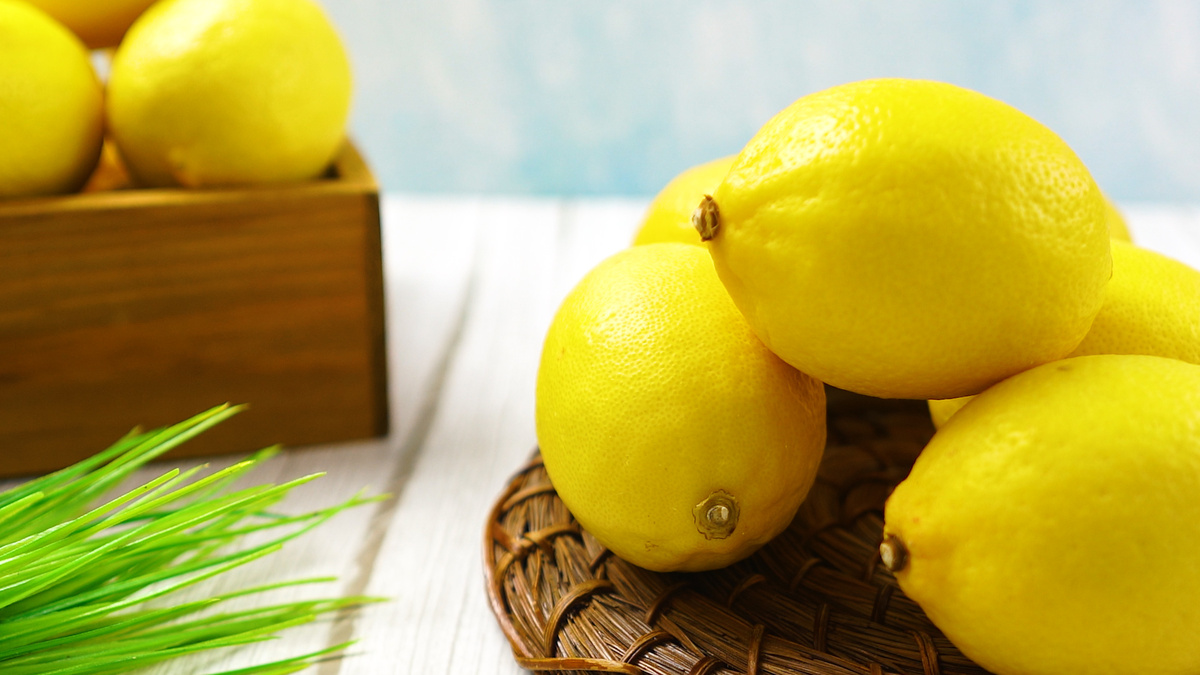


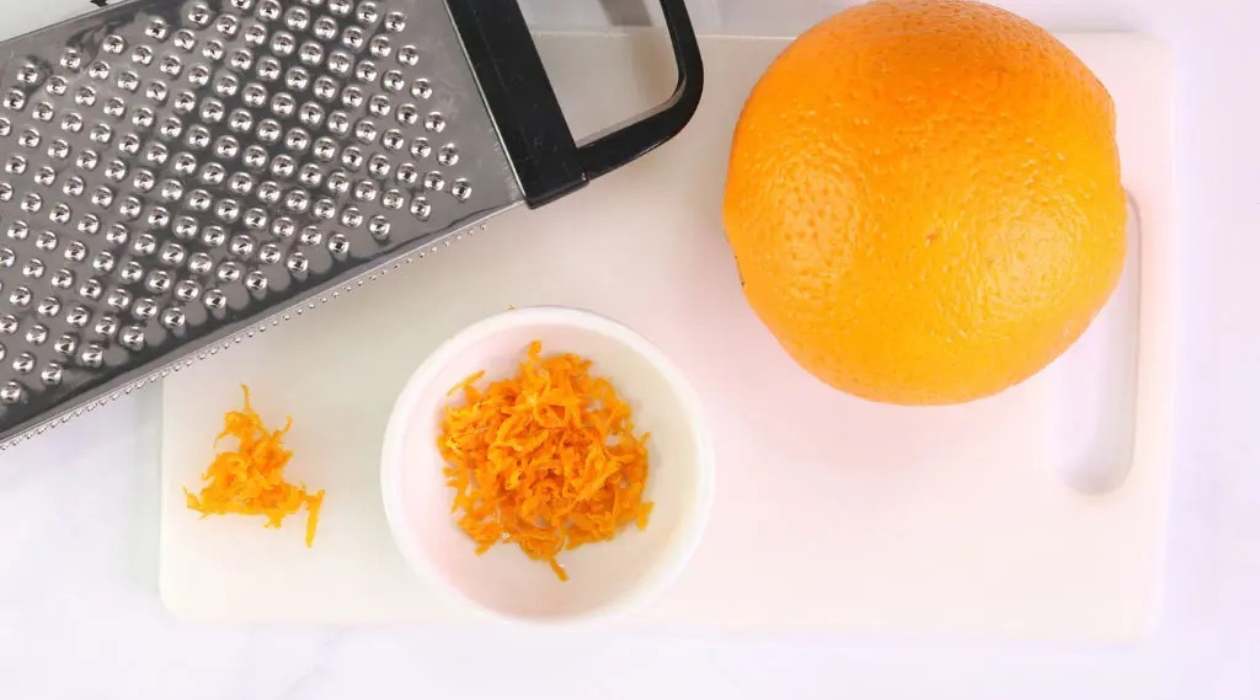

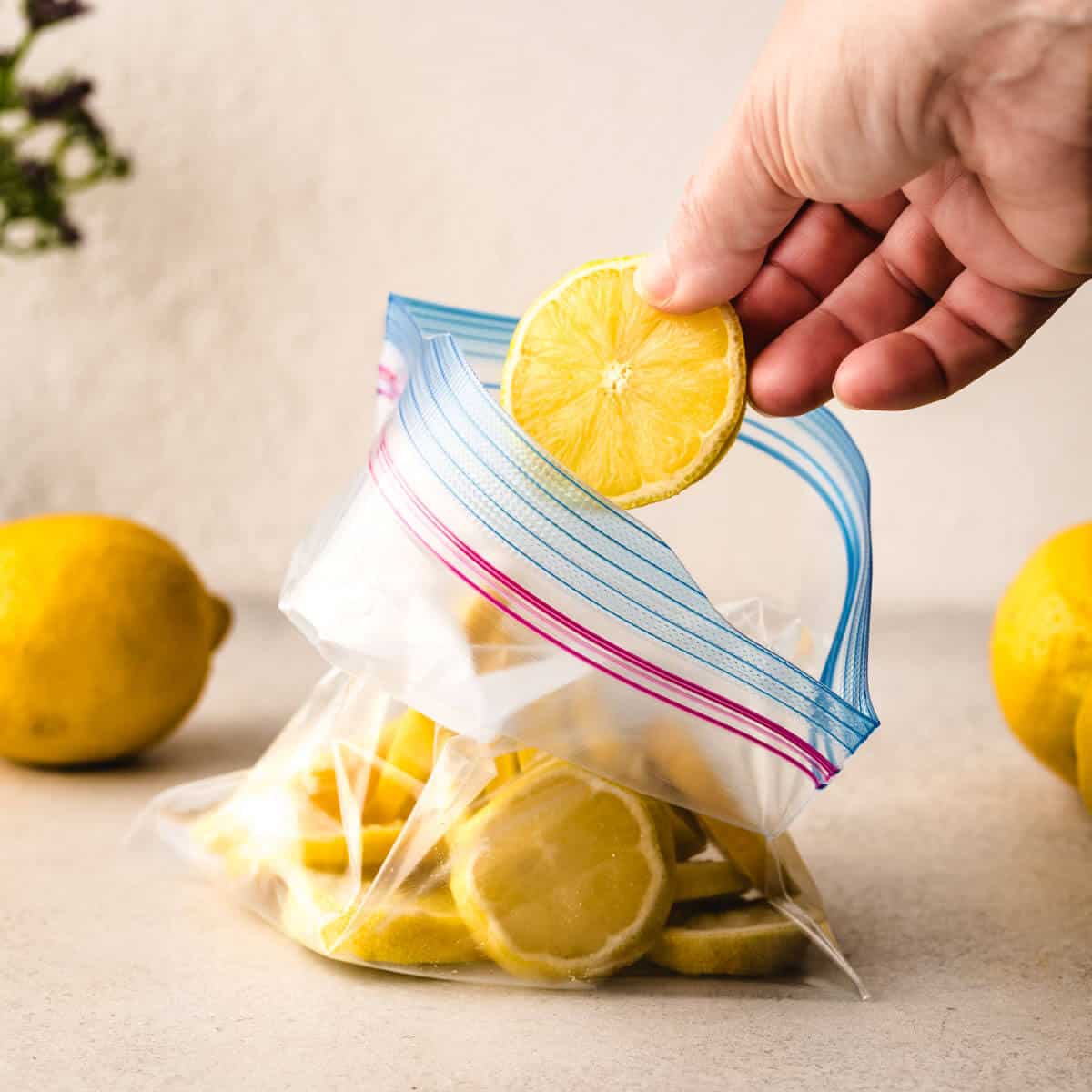
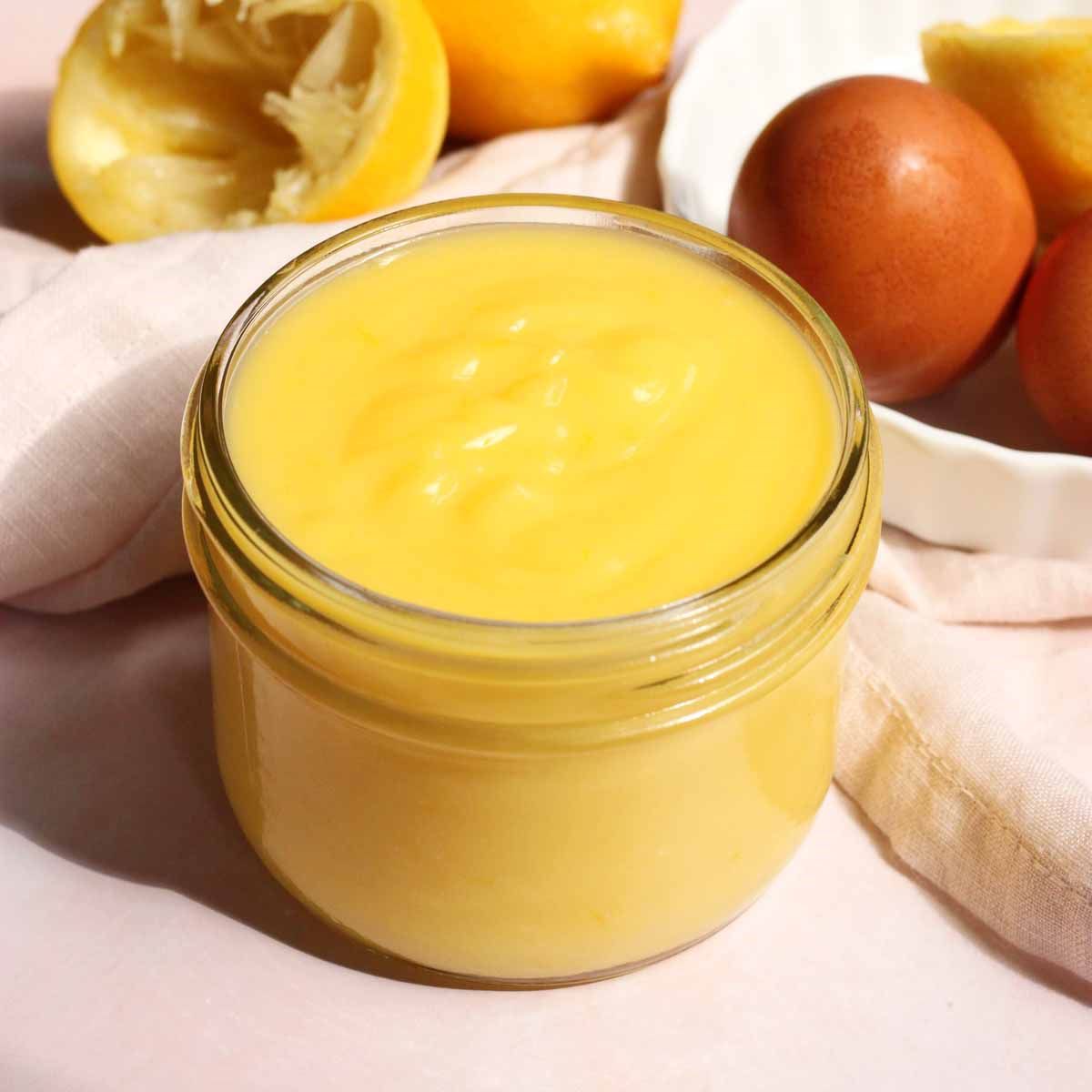
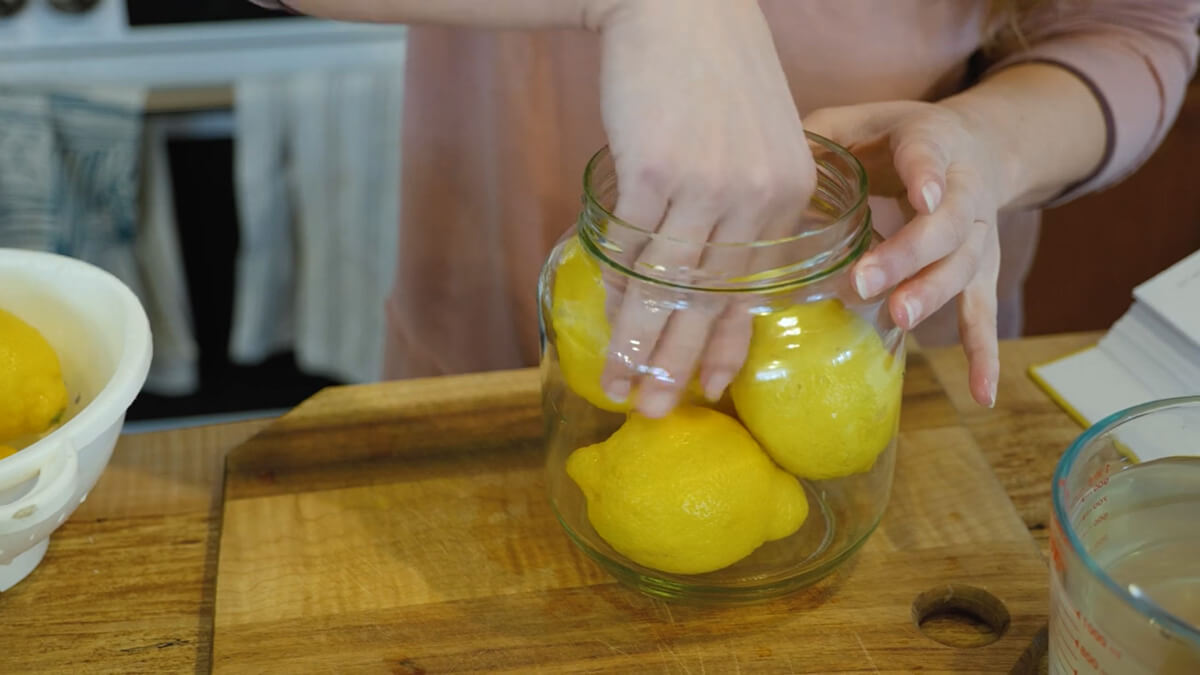
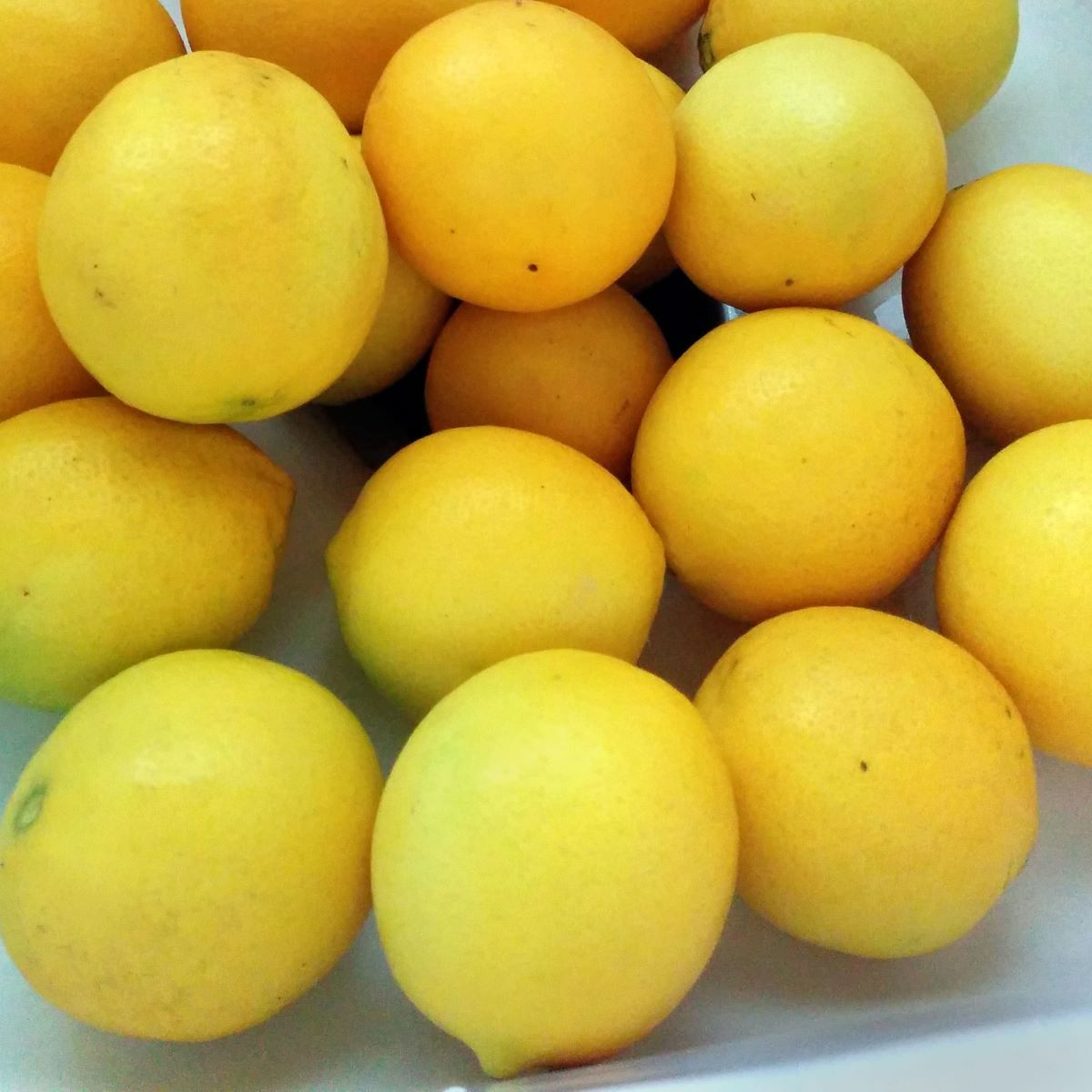
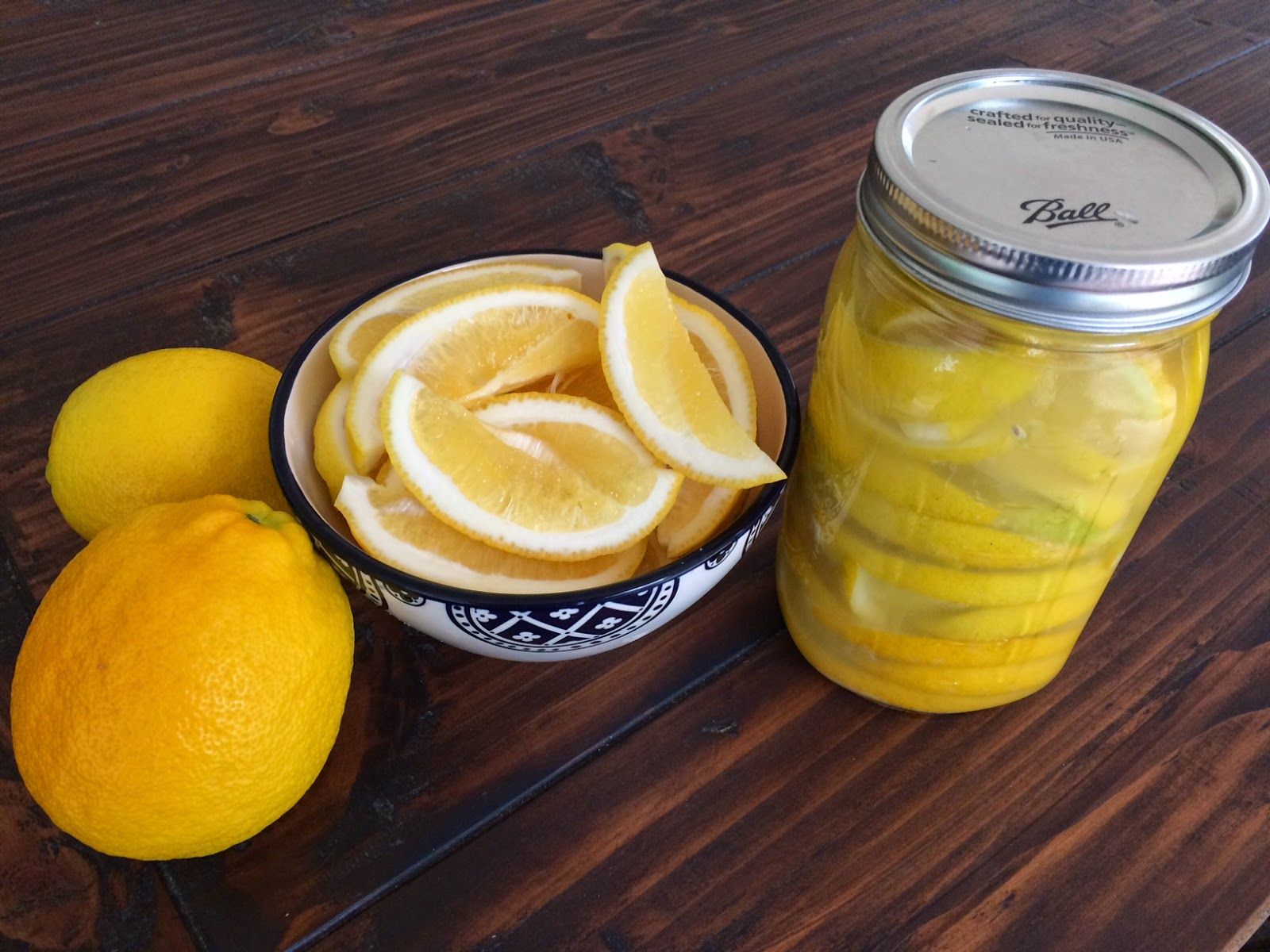

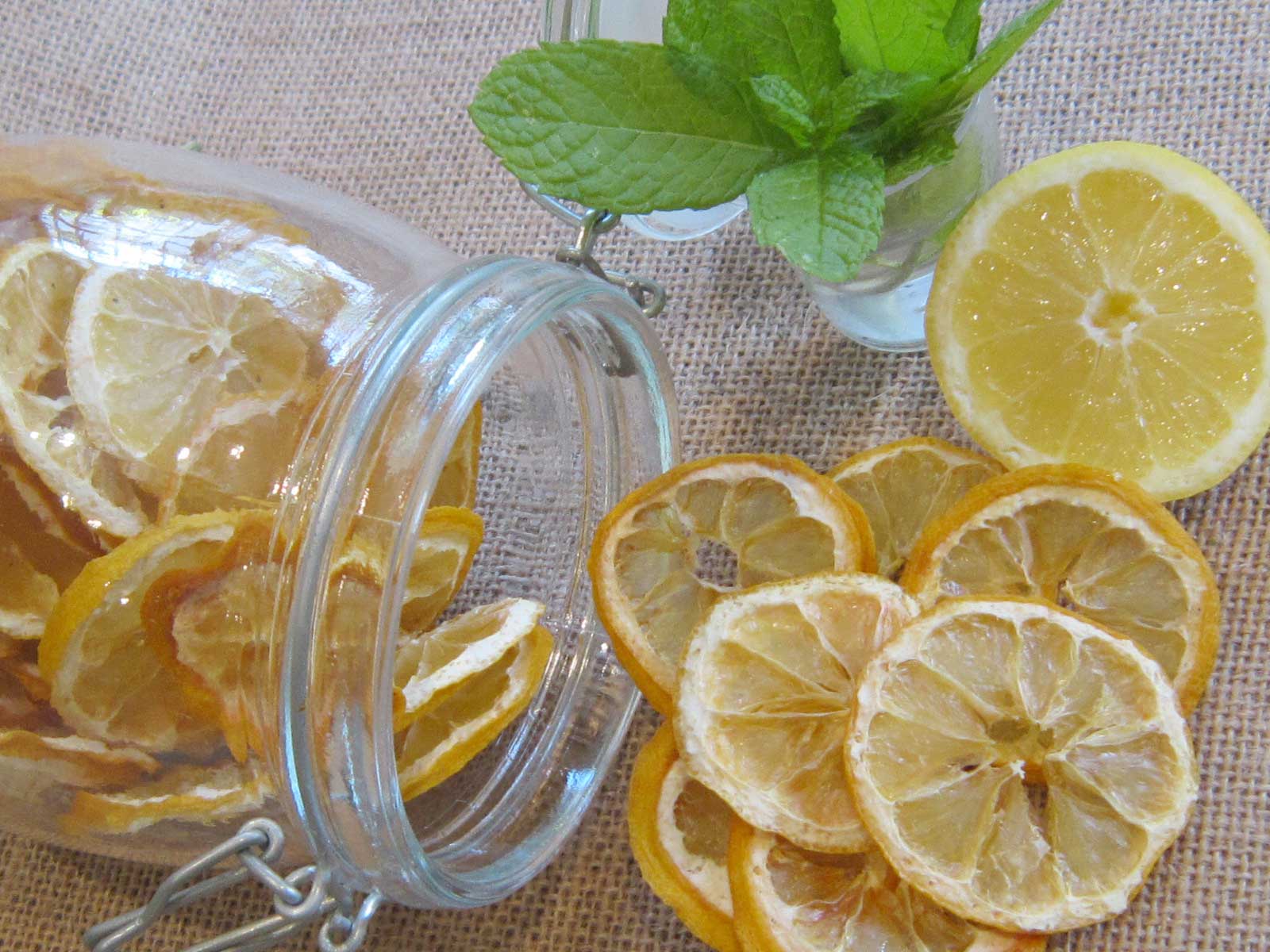
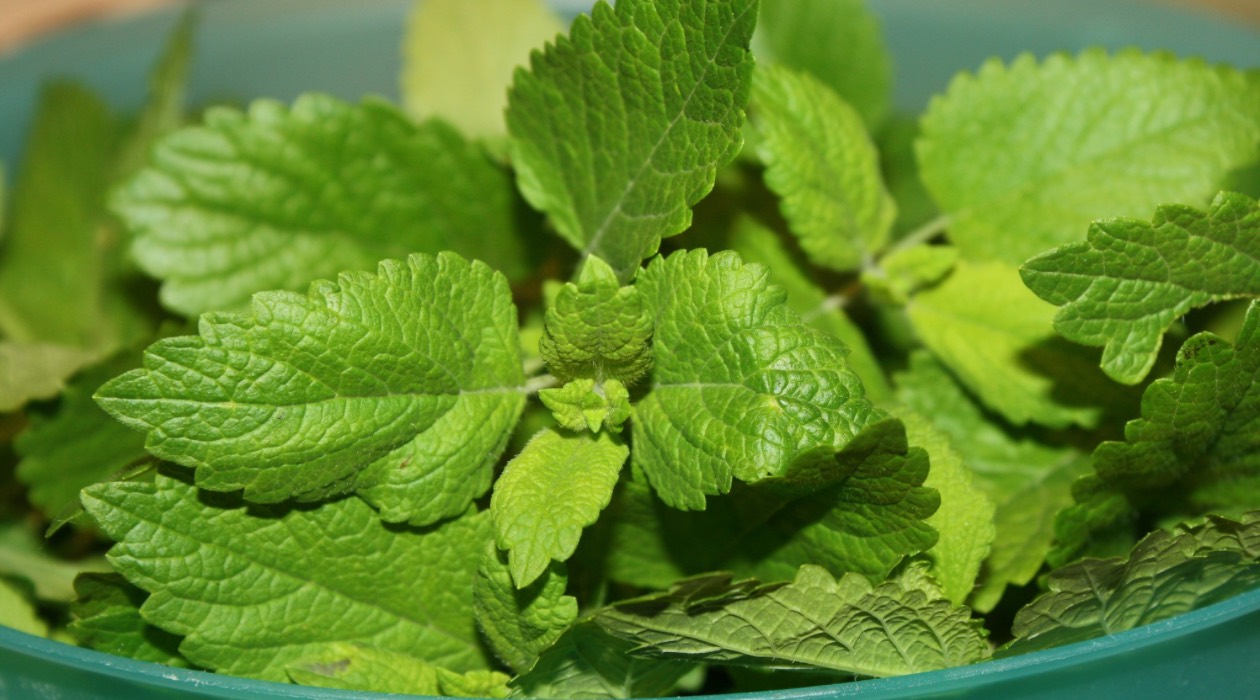
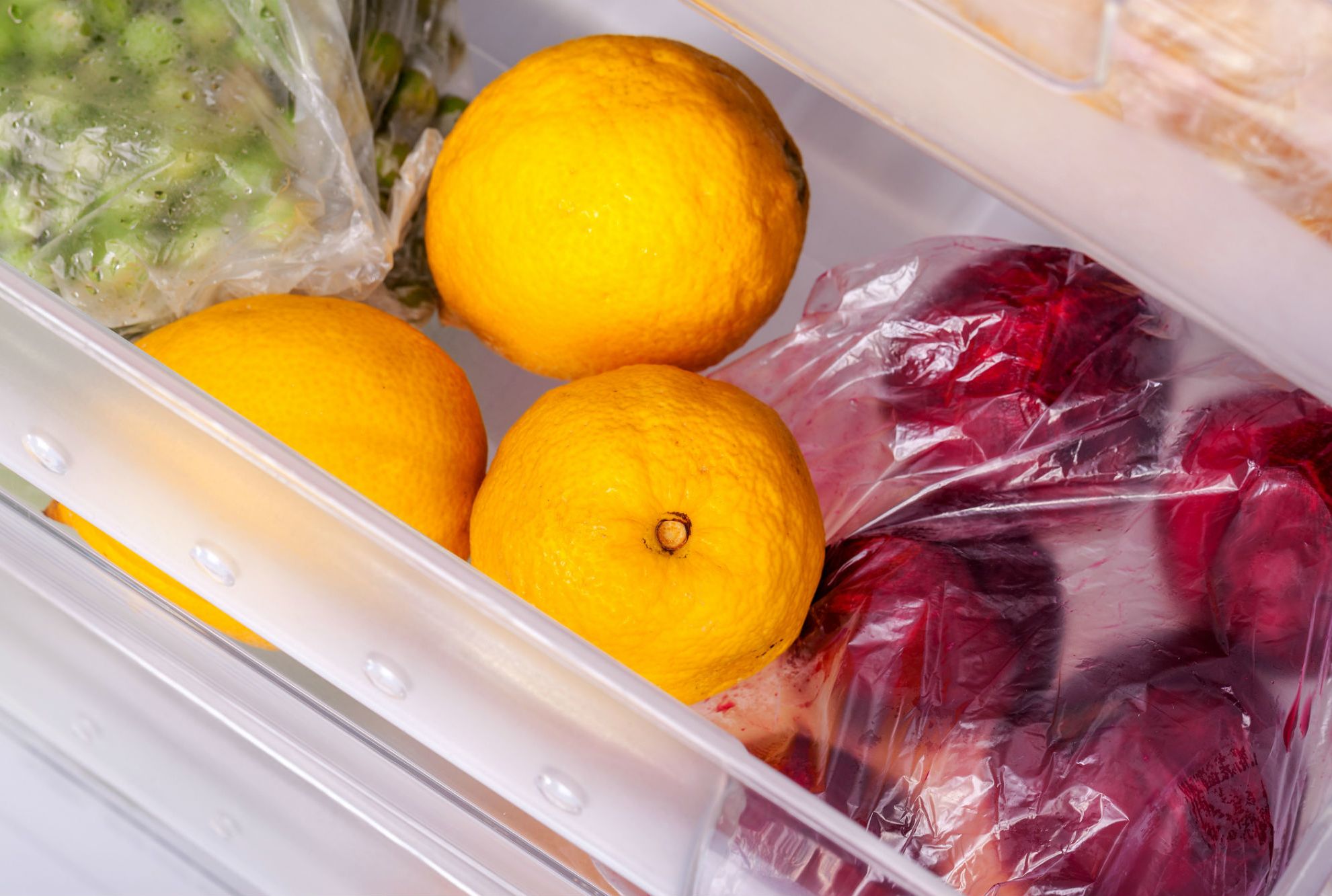

0 thoughts on “How To Store Fresh Lemon Zest”